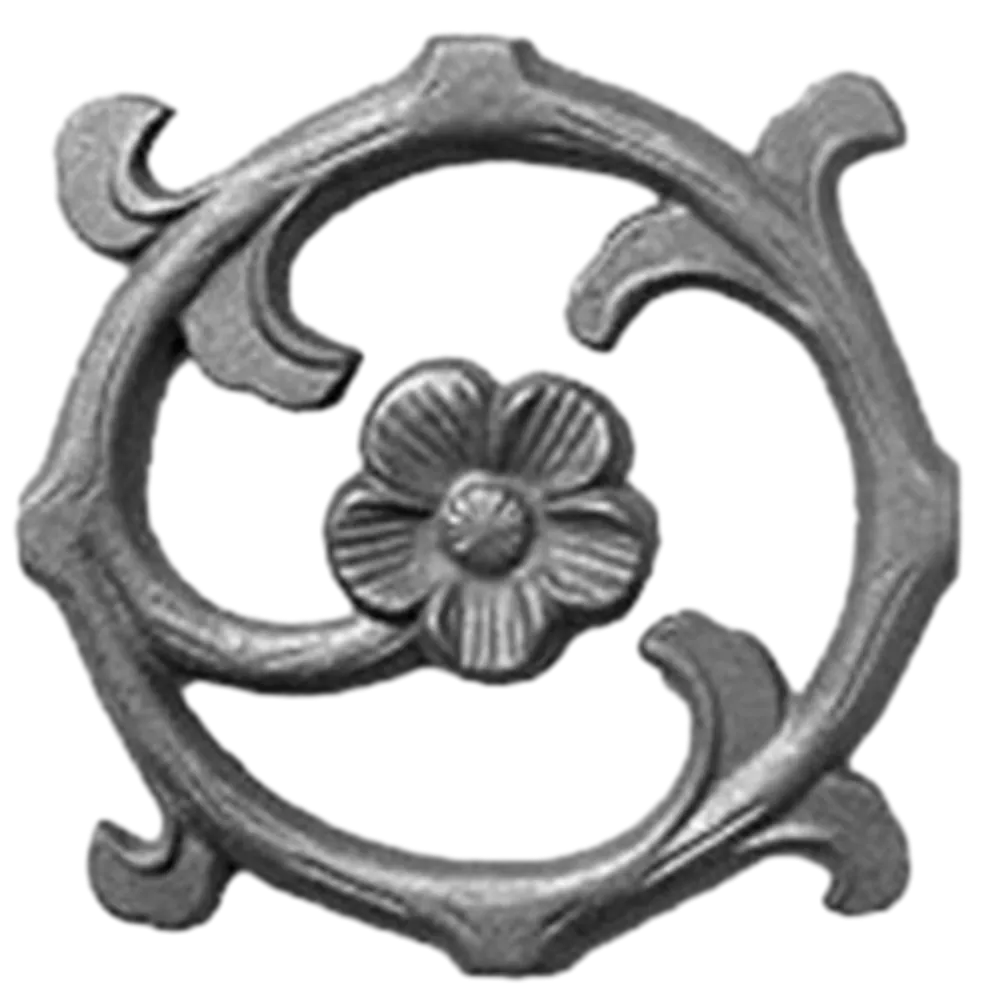cast iron casting
Understanding Cast Iron Casting A Comprehensive Overview
Cast iron casting has been a cornerstone of manufacturing and engineering for centuries, renowned for its durability, moldability, and excellent wear resistance. From its ancient origins to modern applications, cast iron continues to play a pivotal role in various industries, including automotive, construction, and kitchenware. This article delves into the intricacies of cast iron casting, exploring its processes, advantages, and diverse applications.
What is Cast Iron?
Cast iron is an iron-carbon alloy with a carbon content greater than 2%. This high carbon content gives cast iron its characteristic properties, such as high fluidity, castability, and wear resistance. There are several types of cast iron, including grey cast iron, ductile (or spheroidal) cast iron, white cast iron, and malleable cast iron. Each type exhibits its unique properties and is suited for different applications.
The Casting Process
The casting process involves several stages
1. Sand Casting This is one of the most common methods of casting iron. In this process, a pattern is made (usually from metal or plastic) and placed in a sand mold. The sand is mixed with a binder and packed around the pattern to create a hollow impression. Once the mold is ready, molten cast iron is poured into the cavity, allowing it to solidify. After cooling, the mold is broken away to reveal the final cast product.
2. Investment Casting This method, also known as lost-wax casting, involves creating a wax pattern that is coated in a ceramic shell. Once the shell hardens, the wax is melted away, leaving a cavity into which molten iron is poured. This technique is often used for intricate designs and components.
3. Shell Molding This involves creating a thin shell of sand and resin around a pattern, which is then heat-cured. This method offers greater accuracy and a smoother finish compared to traditional sand casting.
4. Continuous Casting This technique allows for the production of cast iron shapes in a continuous process, which increases efficiency and reduces waste.
Advantages of Cast Iron Casting
1. Durability Cast iron is known for its high durability and resistance to wear, making it ideal for heavy machinery and structural components.
cast iron casting

3. Cost-Effectiveness Casting iron is often more economical than other manufacturing processes, particularly for mass-produced items.
4. Heat Retention Cast iron retains heat exceptionally well, which is why it is favored for cookware like frying pans and Dutch ovens.
5. Versatility With different types of cast iron available, manufacturers can choose a material that fits their specific requirements, resulting in a wide range of applications.
Applications of Cast Iron Casting
The versatility of cast iron casting is demonstrated in various applications
- Automotive Industry Components such as engine blocks, cylinder heads, and brake drums are frequently made from cast iron due to its strength and heat resistance.
- Construction Cast iron is widely used in building structures, including beams, columns, and piping systems, where strength and reliability are crucial.
- Cookware Cast iron frying pans, dutch ovens, and grills are popular for their ability to evenly distribute heat and their durability.
- Pipes and Fittings Cast iron pipes are used in plumbing systems due to their strength and ability to withstand high-pressure flows.
- Art and Decoration Ornamental cast iron products, such as fences, gates, and sculptures, combine function with aesthetics.
In conclusion, cast iron casting is a vital technology that has evolved over time while maintaining its significance in many fields. Its unique properties, coupled with diverse applications, ensure it remains an essential component of modern manufacturing. As industries continue to innovate, the adaptation of cast iron casting techniques will undoubtedly pave the way for new advancements, ensuring that this material remains relevant for generations to come.
-
Wrought Iron Components: Timeless Elegance and Structural StrengthNewsJul.28,2025
-
Window Hardware Essentials: Rollers, Handles, and Locking SolutionsNewsJul.28,2025
-
Small Agricultural Processing Machines: Corn Threshers, Cassava Chippers, Grain Peelers & Chaff CuttersNewsJul.28,2025
-
Sliding Rollers: Smooth, Silent, and Built to LastNewsJul.28,2025
-
Cast Iron Stoves: Timeless Heating with Modern EfficiencyNewsJul.28,2025
-
Cast Iron Pipe and Fitting: Durable, Fire-Resistant Solutions for Plumbing and DrainageNewsJul.28,2025
-
 Wrought Iron Components: Timeless Elegance and Structural StrengthJul-28-2025Wrought Iron Components: Timeless Elegance and Structural Strength
Wrought Iron Components: Timeless Elegance and Structural StrengthJul-28-2025Wrought Iron Components: Timeless Elegance and Structural Strength -
 Window Hardware Essentials: Rollers, Handles, and Locking SolutionsJul-28-2025Window Hardware Essentials: Rollers, Handles, and Locking Solutions
Window Hardware Essentials: Rollers, Handles, and Locking SolutionsJul-28-2025Window Hardware Essentials: Rollers, Handles, and Locking Solutions -
 Small Agricultural Processing Machines: Corn Threshers, Cassava Chippers, Grain Peelers & Chaff CuttersJul-28-2025Small Agricultural Processing Machines: Corn Threshers, Cassava Chippers, Grain Peelers & Chaff Cutters
Small Agricultural Processing Machines: Corn Threshers, Cassava Chippers, Grain Peelers & Chaff CuttersJul-28-2025Small Agricultural Processing Machines: Corn Threshers, Cassava Chippers, Grain Peelers & Chaff Cutters












